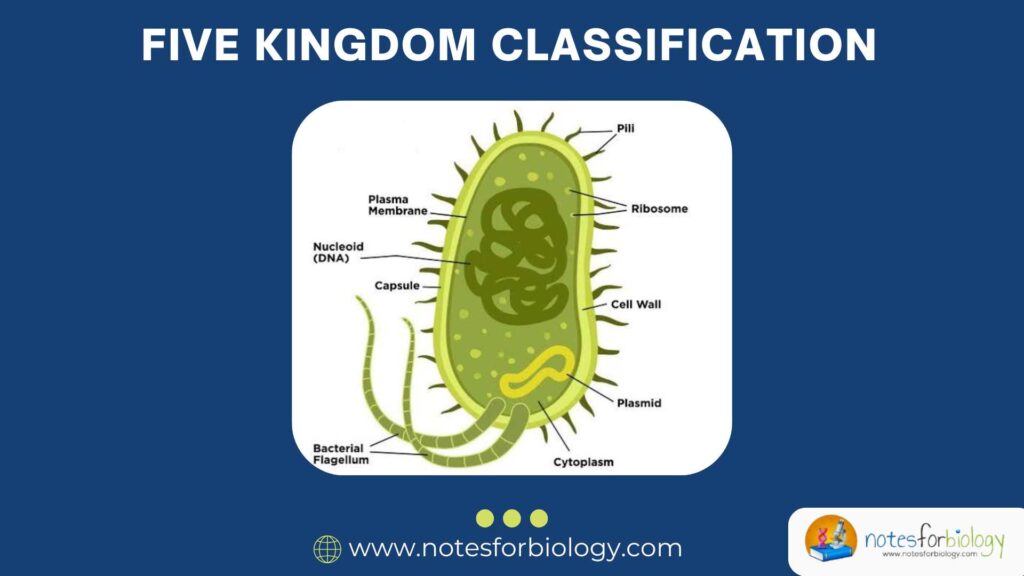Classification of Animals: Salient Features and Grouping of Non-Chordates and Chordates
1. Introduction to Classification of Animals The classification of animals is essential to understand the vast diversity found in the animal kingdom. Animals are living organisms that move, respond to their environment, and consume organic matter. The classification of animals is based on features such as body symmetry, presence or absence of a backbone, embryonic […]
Classification of Animals: Salient Features and Grouping of Non-Chordates and Chordates Read More »










